Pressure tank helium mass spectrometry vacuum leak detection
Date:2020-12-18 Views:3830
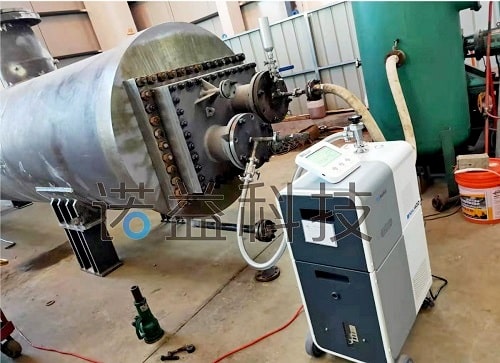
NHJ400 Helium Mass Spectrometer Leak Detector is applied to pressure vessels.
Helium Mass Spectrometer Leak Detection for Pressure Vessels
The positive pressure system consists of pressure vessels and pressure pipelines. Before the system operates, leak detection is required. The positive pressure method (also known as the sniffer probe method) is a commonly used leak detection method for the helium mass spectrometer leak detector.
The sniffer probe is connected to the helium mass spectrometer leak detector through a slender pipeline. The tested component is filled with helium gas (or a mixture of helium and nitrogen, or a mixture of helium and air) with a pressure higher than the ambient atmospheric pressure. The suction nozzle of the sniffer probe moves at a certain speed on the surface of the tested component where there are suspected leak holes. A part of the gas leaking through the leak holes enters the suction nozzle and then enters the mass spectrometry chamber of the leak detector, so as to obtain the leakage rate and find the leakage point.
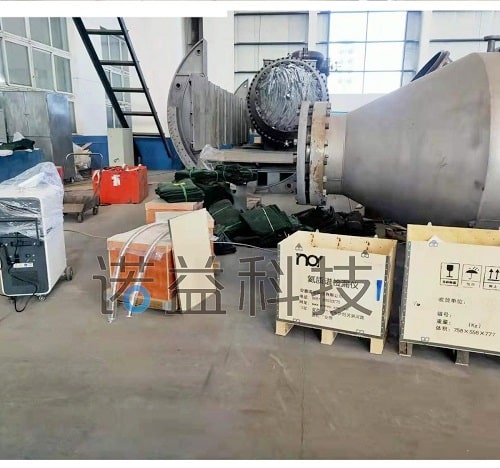
Similar to the negative pressure method, when the leak detector indicates a leak, the leak hole is not necessarily exactly at the position of the tested component opposite to the suction nozzle. Within the range where the leak hole is found, by reducing the moving speed of the sniffer probe, decreasing the distance between the suction nozzle and the tested component, and searching repeatedly, the accurate position of the leak hole can be found. When the suction nozzle is exactly aligned with the leak hole and the sniffer probe does not move, the leakage rate indicated by the leak detector may be equal to or close to the actual leakage rate of the leak hole. The sensitivity of the positive pressure leak detection method is limited by many factors, such as the shape of the leak hole, the distance between the suction nozzle and the leak hole, the angle between the sniffer probe and the leak hole and the moving speed, the shape and size of the suction nozzle, the suction capacity of the sniffer probe, as well as the background concentration and stability of helium in the atmosphere.
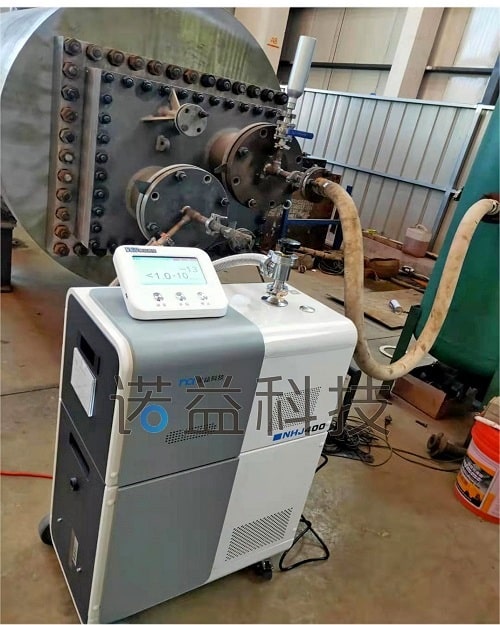
In pressure vessels, the commonly used methods for leak detection with a helium mass spectrometer can be roughly divided into three types, namely the helium spraying method (negative pressure method), the sniffer probe method (positive pressure method), and the helium hood method. In terms of the comparison of the sensitivity of these methods, the helium spraying method is more sensitive. However, when the leak detector is installed on a large and complex pressure vessel device, it cannot be said for sure that the helium spraying method is more sensitive.
(1) Helium Spraying Method
The helium spraying method is a commonly used and convenient leak detection method. During leak detection, a spray gun connected to a helium gas cylinder is used to spray helium gas towards the parts suspected of leakage. If helium gas flows into the pressure vessel device through the leak hole, the partial pressure of helium in the device will rise, and the helium leak detector will display a leakage rate. Whether it is qualified depends on the specified standard leakage rate value. If it exceeds the standard leakage rate value, it can be regarded as unqualified.
(2) Sniffer Probe Method
In the sniffer probe method, helium gas or a mixture of helium gas and other gases with a pressure of more than one atmosphere is first filled into the pressure vessel device. Then, the helium gas leaking from the leak hole to the outside is detected from the outside of the pressure vessel device, and the leak hole is thus found. When using the sniffer probe to search for helium gas, once the helium gas is sucked in, the helium leak detector will display the leakage rate value. In this case, since the outside of the pressure vessel device is at one atmosphere, the gas pressure filled into the pressure vessel device needs to be at least more than one atmosphere. However, the pressure should not be too high. If the pressure is too high, the pressure gauge or other plugins inserted on the device may pop out, causing dangerous accidents such as injury to people.
(3) Helium Hood Method
In this method, a leak detection hood (such as plastic film) is used to wrap the tested container. First, the air in the hood is removed, and then helium gas or a mixture of helium gas is filled in. The leak detector is connected to the inside of the tested container. When the leak detector shows a leakage rate, it indicates that there is a leak. This leakage rate is called the total leakage rate. The total leakage rate is the sum of each partial leakage rate; if the total leakage rate does not exceed the standard value, each partial leakage rate does not exceed the standard value either; if the total leakage rate exceeds the standard value, check whether the partial leakage rate at each point exceeds the standard value. Then, repair the leak holes that exceed the standard value until they meet the qualified standard.
What are the commonly used standards for helium leak detection of pressure vessels?
GB/T 15823 Non-destructive Testing - Helium Leak Detection Method
It specifies three helium leak detection methods and techniques, namely the sniffer probe method, the tracer probe method, and the hood method.
HG/T 20584 Technical Requirements for the Fabrication of Steel Chemical Vessels
Appendix B introduces three helium leak detection test methods, namely the sniffing probe method, the tracer probe method, and the hood detection method.
NB/T 47013.8 Non-destructive Testing of Pressure Equipment
Part 8: Leak Detection specifies three helium leak detection test methods, namely the sniffer probe technique, the tracer probe technique, and the hood technique, in Appendix D, Appendix E, and Appendix F.
NB/T 20003.8 Non-destructive Testing of Mechanical Equipment in the Nuclear Island of Nuclear Power Plants
Part 8: Leak Detection specifies three helium leak detection test methods for nuclear-grade equipment, namely the sniffing probe method, the tracer probe method, and the hood detection method, in Appendix C, Appendix D, and Appendix E.
Although the names of the helium leak detection methods in the above standards are somewhat different, the test methods are largely similar. The sniffer probe and tracer techniques can only conduct leak detection qualitatively and positionally, while the hood technique can conduct quantitative leak detection of equipment.


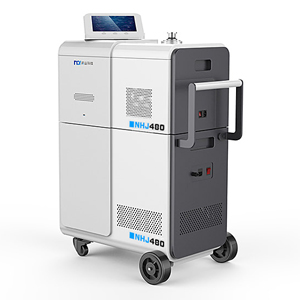


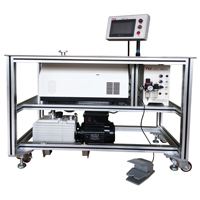
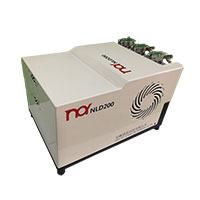
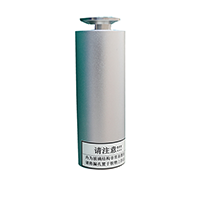

 Public Security Network Security Record in Anhui Province No. 34010302001915
Public Security Network Security Record in Anhui Province No. 34010302001915